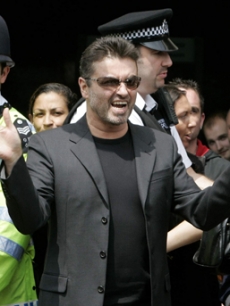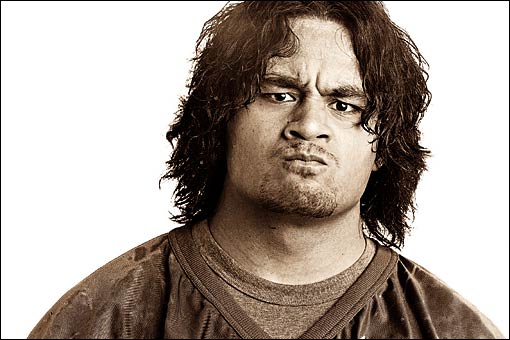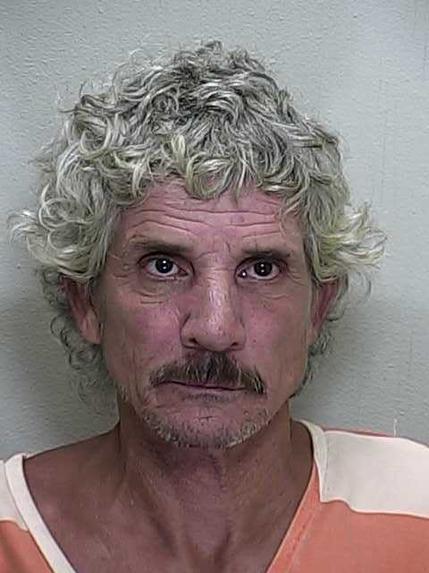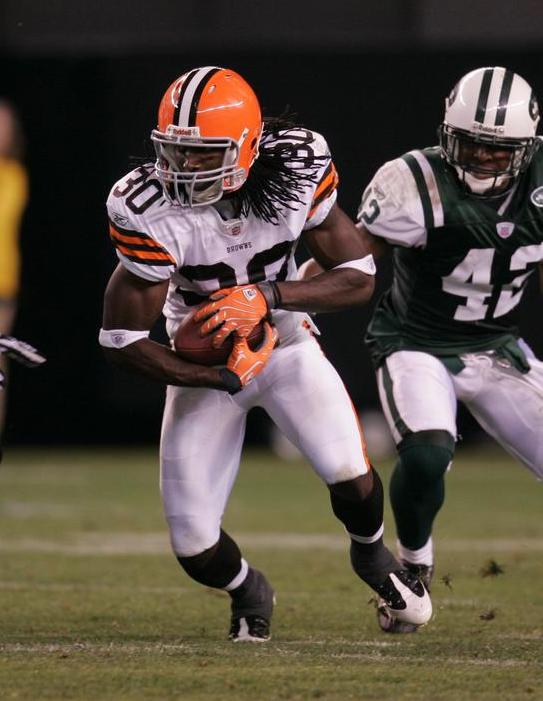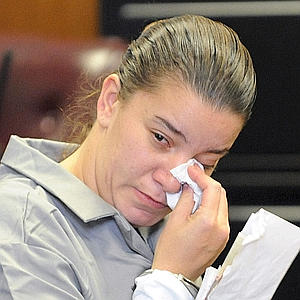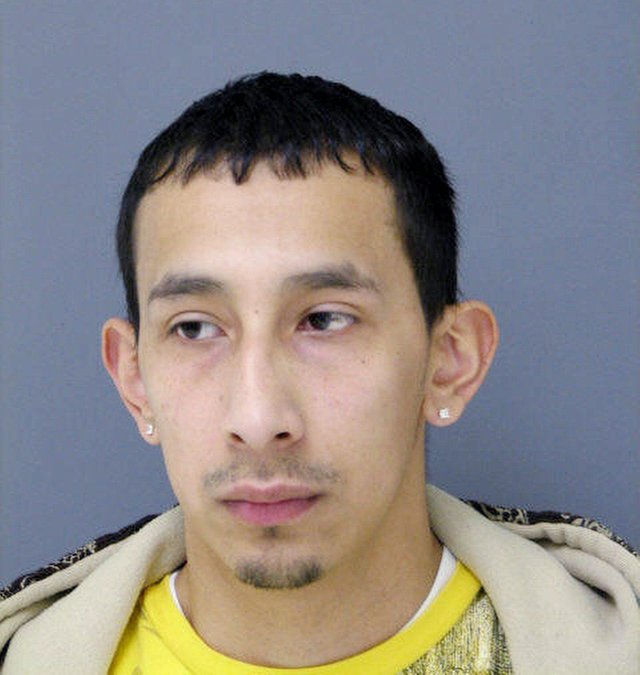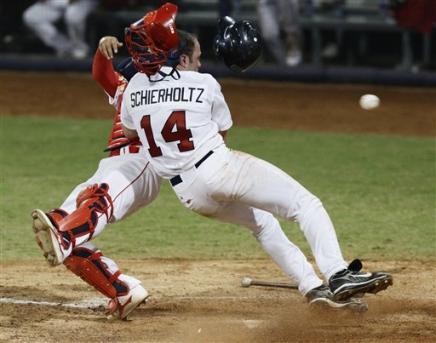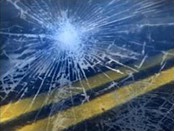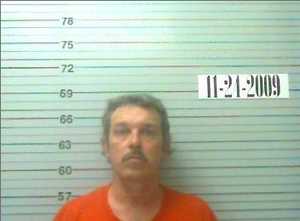It’s been nearly two months since the implementation of the AB 91 pilot program, which mandates that first time Los Angeles DUI offenders install interlock ignition devices (IIDs) in their vehicles. So let’s assess whether this program has been helpful, harmful, or neutral.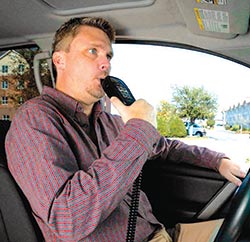
A bit of background on AB 91 first.
Mike Feuer, a Los Angeles assemblyman, introduced the law, which requires that drivers convicted of DUI in Los Angeles, Tulare, Sacramento, and Alameda counties must put an interlock ignition device into their autos even after only one conviction. The compulsory device is wired into your ignition. So in order to start your car, you need to blow an essentially alcohol-free breath to show that you will not be DUI. (Your BAC reading must be 0.03% — substantially lower than the legal limit for Southern California DUI of 0.08%). Once you do blow a successful sample, you must continue to blow samples as you drive, or your horns will start going off and your lights will flash to attract the attention of police.
Although AB 91 passed unanimously, many in the Southern California DUI community have voiced objections. One potential problem with AB 91 is that, according to DMV data, first time offenders do not respond as well to IIDs as do recidivist offenders. In other words, the statistics seem to show that if you put an IID in the car of a first time offender, it’s really not going to do much in terms of preventing that person from breaking the law again. That said, if you put an IID in the car of a recidivist (someone who has more than one conviction), then, the statistics suggest you’ll get results.
Since we are only less than two months into the AB 91 experiment, it’s difficult to say how effective the program will be. But five years down the road, we will likely have substantial data to help shape Los Angeles DUI policy.
If you have been charged according to California Vehicle Code Sections 23152(a) or 23152(b) for Los Angeles DUI, you need some fast and accurate legal guidance.
 Los Angeles DUI Attorney Blog
Los Angeles DUI Attorney Blog


